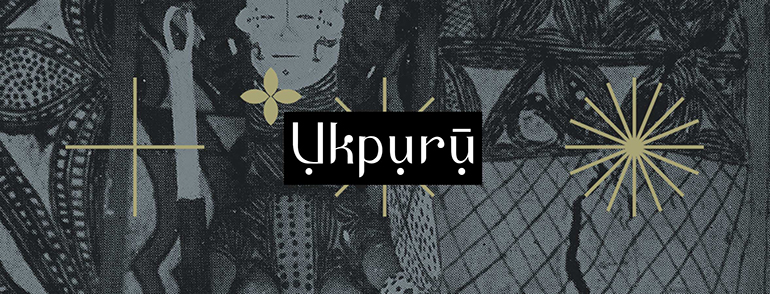 Creole Boy with a Moth, 1835, by Julien Hudson (American, 1811–1844); oil on canvas; 29 x 23 inches.
Creole Boy with a Moth, 1835, by Julien Hudson (American, 1811–1844); oil on canvas; 29 x 23 inches.
‘Red Bone’, referring to an ethnic group in Louisiana and a black American term for people with fair skin, has strong ties to peoples in what is now eastern Nigeria. Originating from 18th century chattel slavery in the West Indies, the term ‘red bone’ takes from the creole term ‘red Ibo’ referring to fairer skinned black people. The term derived from observations of fair skin among some members of the Igbo ethnic group (and some other peoples lumped in from eastern Nigeria) whose numbers in slavery ratcheted up in the 18th century due to internal conflict in Igboland. European slavers and plantation owners often made observations and generalisations about various ethnic groups since different Africans were targeted for their knowledge, education and skills; a hefty amount of stereotyping and dehumanising was subsequently placed on various ethnic groups found in large numbers in slavery. One recurrent observation was the relatively higher prevalence of fair skinned people from the Igbo area, known then in the Atlantic as the ‘Eboe Country’. The fairer skin was demonised by planters as ‘sickly’ and the Igbo were characterised as weak because of this. This also meant their ‘price’ dropped and poorer planters in places like Virginia took many Igbo leading to a saturation of Igbo people there. The disdain, however, may have been fuelled somewhat by the fact that enslaved Igbo people weren’t unknown for their defiance of slavery, immortalised in the folktale of Ebo landing; they were also involved in a number of slave revolts all over the Caribbean, including in Haiti.
Ultimately, this characteristic was taken in as a negative one and the term ‘red’ was combined with ‘Ibo’ (Igbo) as a pejorative used by black people in the British West Indies for people who were black but with fair skin as opposed to mixed people who were just ‘red’ or ‘brown’ thus suggesting a hierarchy of phenotypes and hair types. Some creole linguists trace the term to Louisiana where it was heard as ‘reddy bone’, leading to the understanding of the term as ‘red bone’ with a less negative connotation as it is still used in AAVE today.
The term red bone is interesting as it seems to be a word that’s linked to a particular experience of an ethnic group in slavery. The word itself carries a lot of historical weight in terms of what it meant for one group of Africans in that era. (Kniffen, Gregory and Stokes 1987; Don C. Marler 1997, 2000; Winer (2009). Dictionary of the English/Creole of Trinidad & Tobago. pg. 754.; [Louisiana, Where Music is King, PBS.])

No comments:
Post a Comment